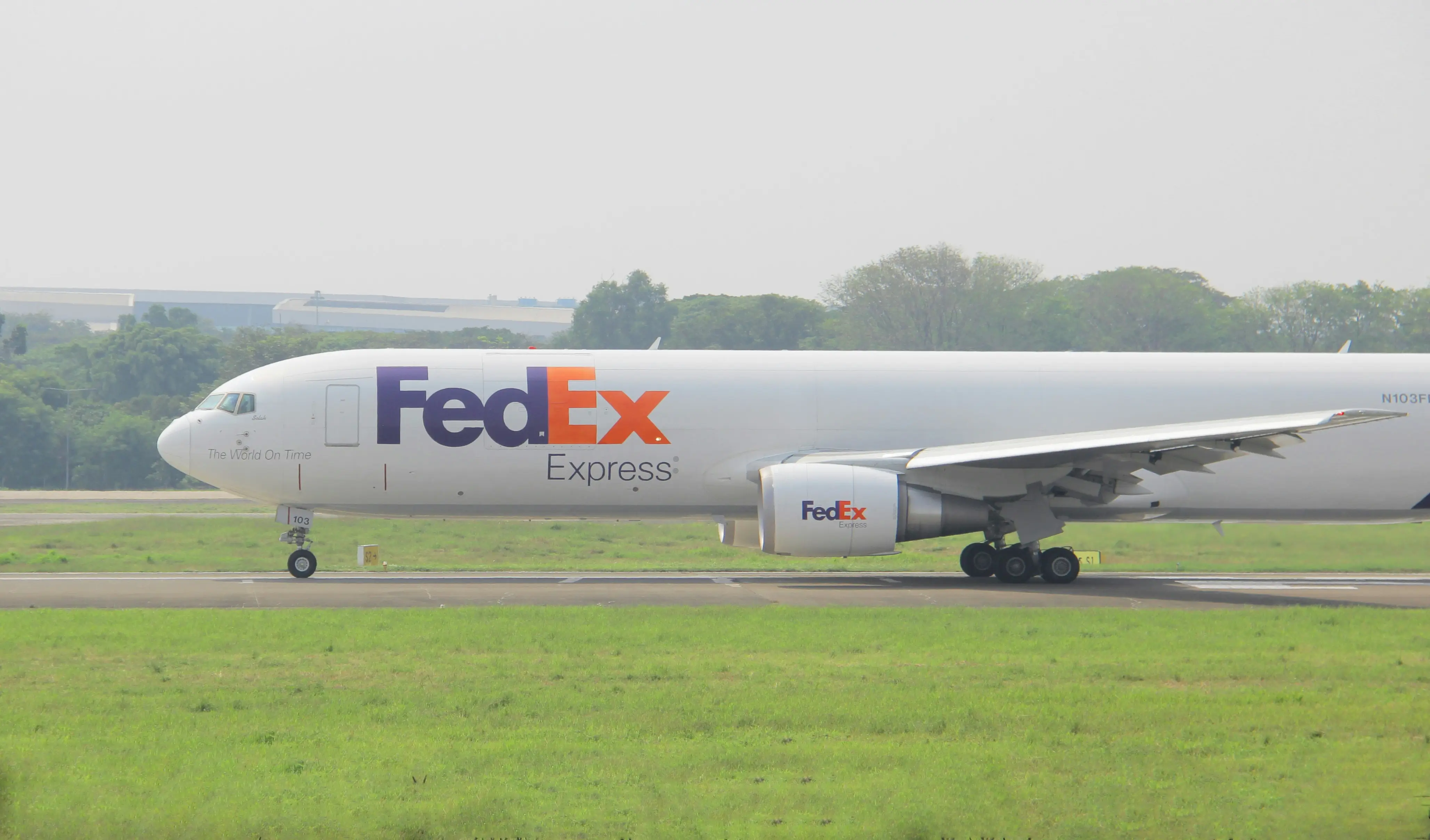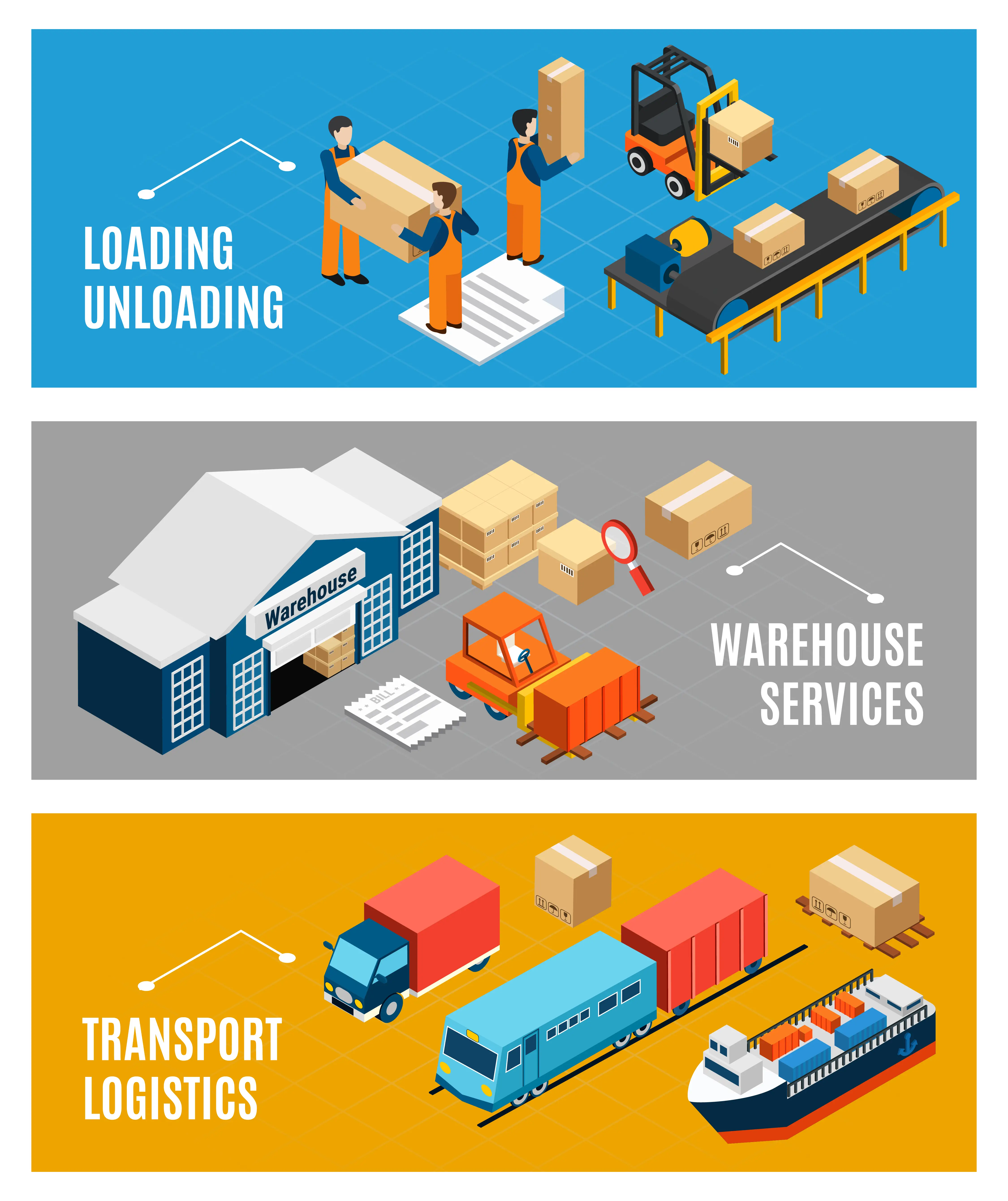International shipping is an essential service for businesses and individuals looking to send packages across borders. However, FedEx International shipping prices can often be higher than expected. This article will explore the reasons behind these costs, hidden fees, and strategies to cut expenses. We’ll also compare FedEx with competitors like DHL and UPS, and look at future pricing trends.

Photo by Fasyah Halim on Unsplash
Why FedEx International Shipping Prices Can Be Expensive
Several factors contribute to the high costs of FedEx International shipping:
- Operational Costs:
- Maintaining a global logistics network incurs significant expenses, including transportation, handling, and labor.
- These costs are reflected in shipping prices, making international deliveries more expensive.
- Surcharges & Extra Fees:
- Various surcharges can quickly add up:
- Peak season surcharges during high-demand periods.
- Fuel surcharges that fluctuate based on market prices.
- Fees for special handling or extended delivery areas.
- Various surcharges can quickly add up:
Example:
- During the holiday season, businesses shipping to Europe using FedEx International Priority may face additional surcharges due to increased demand, raising the overall shipping cost.
Hidden Fees That Increase FedEx International Shipping Price
Understanding hidden fees is crucial for managing costs:
- Fuel Surcharges: These fluctuate based on current fuel prices and can significantly impact shipping costs. FedEx adjusts these rates regularly in response to market changes.
- Dimensional Weight Charges: FedEx calculates shipping costs based on the package's dimensions and weight. If a package is large but lightweight, it might incur additional dimensional weight charges, resulting in higher costs than expected.
- Customs Clearance Fees: FedEx includes some customs clearance services in their shipping costs, but additional fees may apply depending on the destination and the nature of the shipment. It’s essential to be aware of these potential extra costs.
- Peak Season Surcharges: During busy shipping periods, such as holidays, FedEx often increases prices. Planning ahead for these peak times can help mitigate excess costs.
How to Cut Costs on FedEx International Shipping
There are several strategies to reduce FedEx Express international shipping costs:
- Use the Right FedEx Service:
- Selecting the appropriate service is crucial for managing costs.
- FedEx Express Priority: Ideal for urgent deliveries, but comes at a higher cost.
- FedEx International Economy: More budget-friendly for non-urgent shipments, offering reliable delivery within 2-5 business days.
- Consider FedEx One Rate:
- For predictable, flat-rate pricing, FedEx One Rate offers a cost-effective solution for qualifying shipments.
- Benefits:
- Eliminates surprise surcharges, helping businesses control shipping expenses.
- Flat-rate pricing means no additional costs for fuel or residential surcharges.
- Optimize Packaging:
- Reducing the size and weight of your packaging can lower dimensional weight charges.
- Tips for cost-efficient packaging:
- Use custom-sized boxes to avoid paying for excess space.
- Select lightweight packing materials, such as air pillows, instead of heavy fillers.
- Efficient packaging helps businesses avoid dimensional weight penalties, reducing costs significantly.
- Ship in Bulk:
- Businesses that ship frequently can negotiate better rates with FedEx.
- Consolidating shipments can also lead to volume discounts.
- Use FedEx Business Accounts & Loyalty Programs:
- Frequent shippers can benefit from discounts available through FedEx business accounts or loyalty programs.
- These programs reward regular customers with reduced rates.
- Take Advantage of FedEx Promotions:
- FedEx often runs seasonal promotions and offers that can significantly reduce shipping costs.
- Keeping an eye on these opportunities can lead to savings.
How FedEx International Shipping Prices Compare to DHL & UPS
When comparing FedEx to other carriers such as DHL and UPS:
- Direct Comparison of Pricing Models:
- FedEx, DHL, and UPS have different pricing structures.
- This may make one carrier more cost-effective for specific routes.
- Example: FedEx One Rate offers a flat-rate pricing model, making it easier for businesses to predict costs without worrying about fluctuating surcharges.
- Cheaper Options for Specific Destinations:
- For instance, DHL might be cheaper for shipments to Europe, while FedEx may offer better rates for destinations in North America.
- When FedEx Offers Better Value:
- FedEx often excels in terms of speed and reliability, particularly for time-sensitive shipments.
- Evaluating the overall value—speed, reliability, and cost—is crucial in deciding which carrier to use.
The Future of FedEx International Shipping Prices (2025 & Beyond)
Looking forward to 2025 and beyond:
- Price Predictions: Analysts suggest that shipping prices may continue to rise due to inflation, fluctuating fuel costs, and increasing operational expenses. However, advancements in logistics technology may also lead to some cost reductions.
- Global Trade & Fuel Costs Impact: As global trade dynamics evolve and fuel prices fluctuate, FedEx will likely adjust its pricing strategies accordingly. Keeping abreast of these changes can help businesses plan their shipping budgets effectively.
Conclusion: Smart Ways to Reduce Your FedEx International Shipping Price
In summary, understanding the factors that contribute to FedEx International shipping prices is essential for managing shipping costs effectively. By optimizing packaging, choosing the right service, negotiating discounts, and taking advantage of promotions, businesses and individuals can significantly reduce their shipping expenses. Staying informed about industry trends and potential price changes will also empower customers to make smarter shipping decisions in the future.




